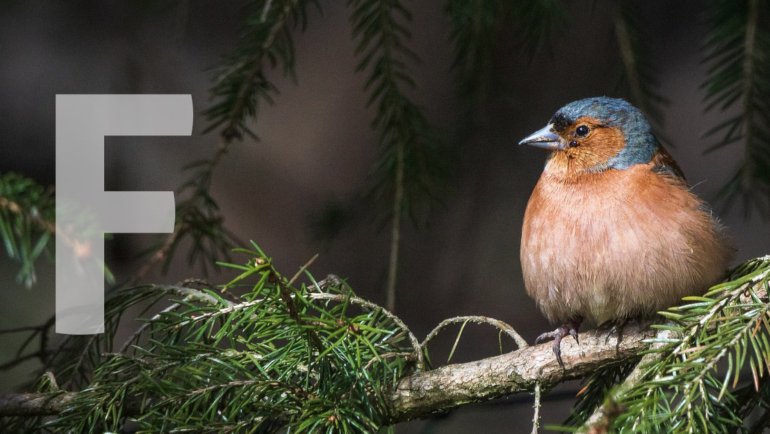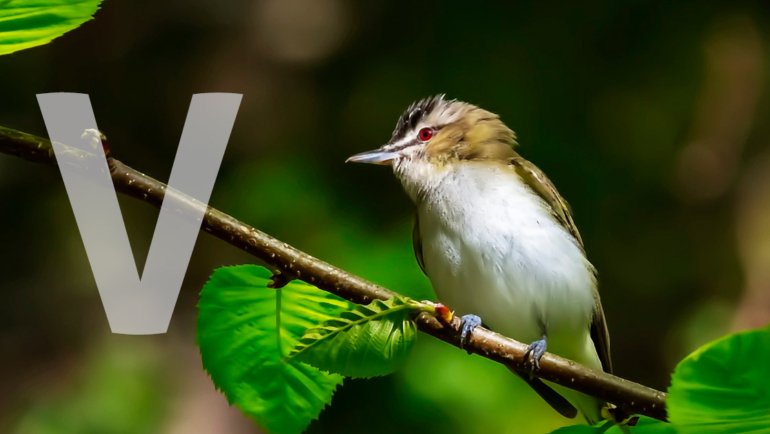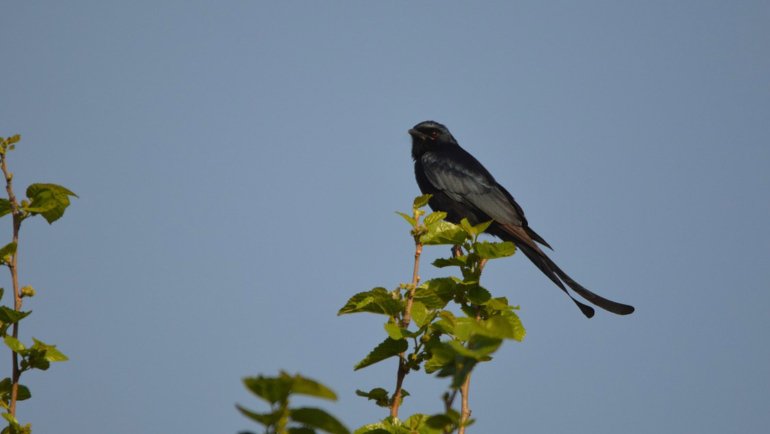The wild turkey, a bird native to North America, is an integral part of the ecosystem and a fascinating creature with a rich history. Known for their distinctive gobbles and impressive plumage, turkeys are not only pivotal in maintaining ecological balance but also serve as prey to a variety of predators. These birds are omnivores, feeding on a range of plant material and small insects, which positions them as both consumers and prey in the food chain. Turkeys are key in controlling insect populations and dispersing seeds, thus contributing significantly to the health of their habitats.
Their role as prey is equally important. By providing a food source for numerous predators, turkeys help sustain the populations of these other species, contributing to the biodiversity of their environments. The balance of the ecosystem relies heavily on such interdependencies. Understanding which animals prey on turkeys can offer insight into the complex web of life in which these birds participate.
Top 10 Predators of Turkeys
Coyotes
Coyotes are highly adaptable predators and one of the most prominent threats to turkeys. These canids are known for their keen sense of smell and ability to hunt in various terrains. Turkeys often fall prey to coyotes, especially during the nesting season when they are more vulnerable. Coyotes primarily target turkey eggs and poults (young turkeys), but they can also take down adult turkeys when hunting in packs.
In open fields or forest edges, coyotes use their stealth and speed to close in on turkeys, which are often unsuspecting. The turkey’s instinct to freeze and rely on camouflage can sometimes work against them, making them an easy target for the cunning coyote.
Bobcats
Bobcats, with their acute senses and stealthy stalking techniques, pose a significant threat to turkey populations. These elusive felines prefer hunting in wooded areas where they can easily ambush their prey. Turkeys, particularly those roosting or foraging on the ground, are at risk from bobcats.
Bobcats tend to hunt alone, using their excellent night vision to track and attack turkeys under the cover of darkness. They primarily target hens and younger turkeys, though they are capable of taking down an adult turkey if the opportunity arises.
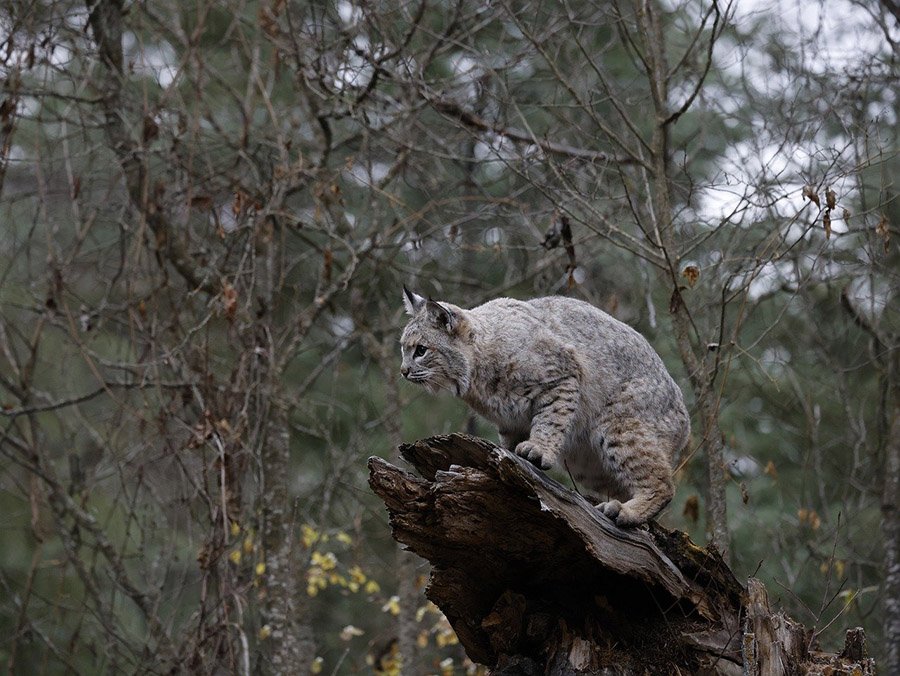
Foxes
Both red and gray foxes are known to prey on turkeys. These agile hunters are adept at navigating various environments, from dense forests to suburban areas. Foxes typically target turkey nests, seizing eggs and poults as easy meals. However, they will also hunt adult turkeys if they can catch them off guard.
Foxes often rely on their cunning and quick reflexes to outmaneuver turkeys. By sneaking up quietly, they can pounce suddenly, surprising the bird and securing a meal. Their ability to adapt to changing environments makes them a consistent predator of turkeys.
Raccoons
Raccoons are opportunistic feeders that often raid turkey nests. These nocturnal mammals are notorious for their dexterous paws and intelligence, allowing them to easily locate and consume turkey eggs. Although they are more of a threat to nests than to adult turkeys, their impact on turkey populations can be significant.
Raccoons typically operate under the cover of darkness, using their keen sense of smell to track down nests. By consuming eggs, raccoons can substantially reduce the number of poults that survive to adulthood, affecting the turkey population dynamics over time.
Great Horned Owls
Known as formidable aerial predators, great horned owls pose a threat to turkeys, particularly at night. These owls are equipped with powerful talons and silent flight, making them effective hunters of young and even adult turkeys. Turkeys roosting in trees at night are vulnerable to these stealthy predators.
The great horned owl’s preferred hunting strategy is to swoop down silently from a perch, catching their prey by surprise. Turkeys, despite their size, can fall victim to these powerful birds, which can carry off even larger individuals.
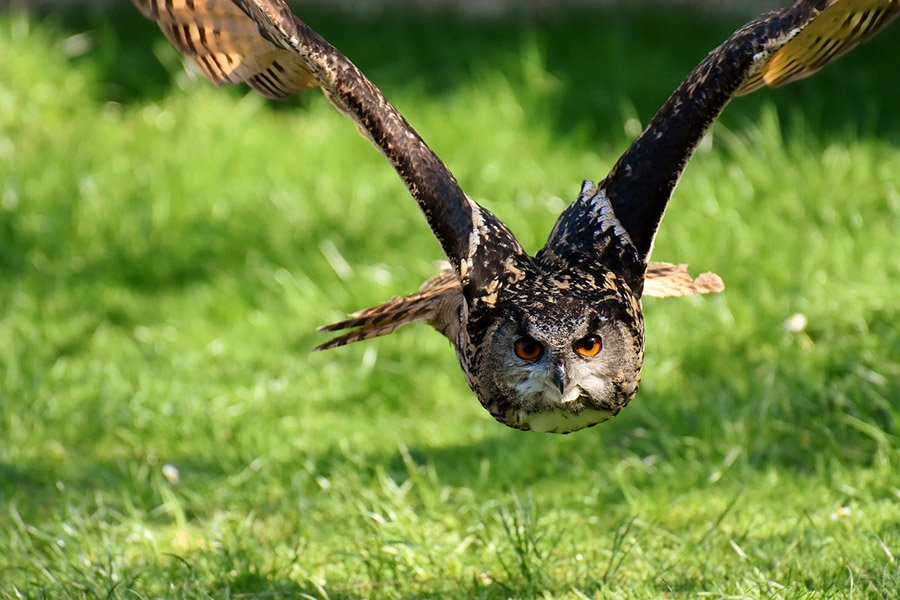
Eagles
Eagles, especially the golden eagle, can be predators of turkeys, using their keen eyesight and powerful flight to hunt. These large birds of prey often target turkeys in open areas where there is less cover for the birds to escape.
Eagles usually attack from a high altitude, diving down at incredible speeds to snatch up turkeys. They can carry away young or smaller adult turkeys, using their strength and precision to secure a meal. While not as common as other predators, eagles are still a significant threat in certain regions.
Snakes
Large snakes, such as rat snakes, pose a danger primarily to turkey eggs and young poults. These reptiles are expert climbers, capable of reaching nests to feast on eggs. While they do not typically prey on adult turkeys, their impact on the next generation is considerable.
Snakes rely on their stealth and ability to remain unseen to approach turkey nests. By consuming the eggs, they reduce the survival rate of future generations, indirectly influencing the turkey population.
Opossums
Opossums are another predator that targets turkey nests rather than the birds themselves. Like raccoons, opossums are nocturnal and have a taste for eggs. Their presence in turkey habitats can lead to decreased hatching success and, consequently, fewer turkeys reaching maturity.
These marsupials scavenge widely, often stumbling across turkey nests during their nightly foraging. Their impact is similar to that of raccoons, with the potential to significantly reduce turkey numbers over time.
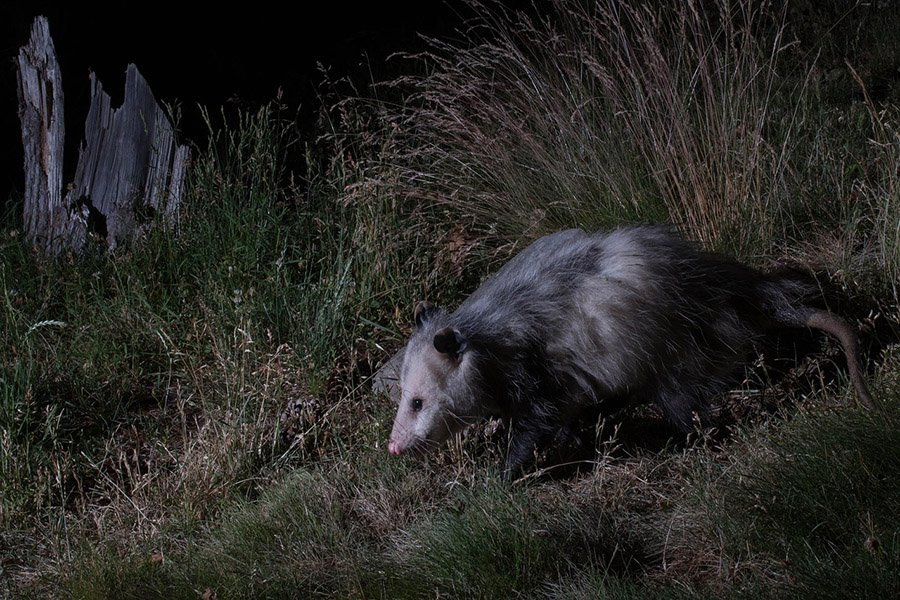
Skunks
Skunks, although more famous for their defensive spray, are also predators of turkey eggs. They often raid nests, consuming eggs and affecting the reproductive success of turkey populations. While not a direct threat to adult turkeys, their impact on nests can be substantial.
The omnivorous diet of skunks means they take advantage of any available food source, including turkey eggs. Their raids occur mainly at night, underlining the vulnerability of nests during these hours.
Domestic Dogs
Domestic dogs, though not natural predators, can pose a threat to turkeys when encountered in the wild. Dogs may chase or attack turkeys, especially those that wander into suburban or rural areas close to human habitation.
While dog attacks on turkeys are less common in the wild, they can still cause harm by disrupting turkey populations, particularly if a nest is disturbed or destroyed.
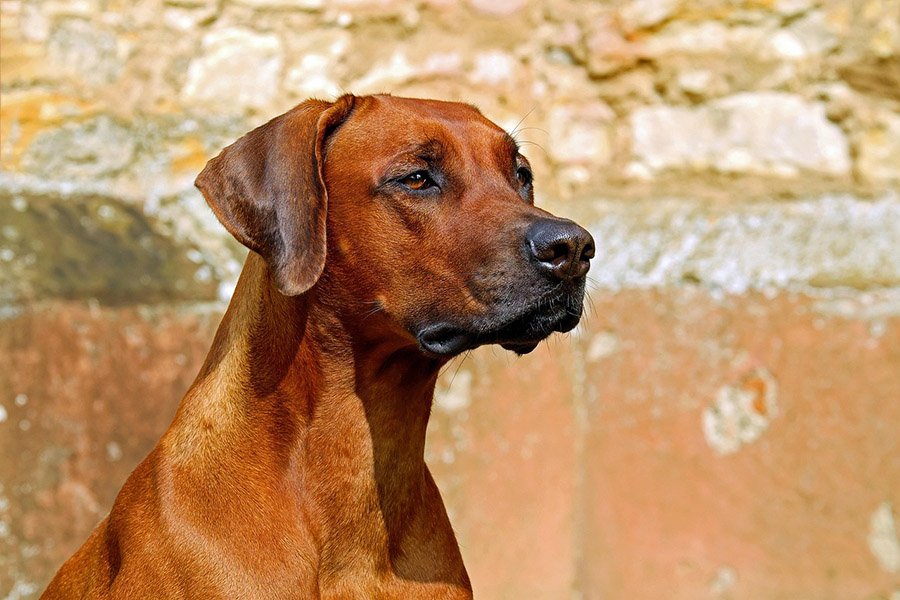
How Do Turkeys Defend Themselves?
Turkeys have evolved several strategies to evade predators, ensuring their survival in the wild. One of their primary defense mechanisms is their acute sense of sight and hearing. Turkeys are always alert, using their heightened senses to detect potential threats from a distance. This vigilance allows them to take flight or run to safety before predators can strike.
Another defense strategy is their ability to fly short distances at high speeds. When threatened, turkeys can launch themselves into the air, reaching speeds of up to 55 miles per hour for short bursts. This quick escape mechanism is often effective against ground-dwelling predators, allowing turkeys to reach the safety of trees where many predators cannot follow.
Camouflage also plays a vital role in the turkey’s defensive repertoire. Their plumage blends seamlessly with the forest floor, providing them with the ability to remain unseen. When sensing danger, turkeys will often freeze in place, relying on their camouflaged feathers to avoid detection.
In addition to these strategies, turkeys often use communal roosting as a defense tactic. By staying together in groups, they increase their chances of spotting predators early and can collectively take off, creating confusion and making it harder for a predator to single out an individual bird.
Frequently Asked Questions
What are the main predators of turkeys?
The main predators of turkeys include coyotes, bobcats, foxes, raccoons, great horned owls, and snakes. These animals primarily target young turkeys and eggs, though some, like coyotes and bobcats, can hunt adult turkeys as well.
How do turkeys protect themselves from predators?
Turkeys protect themselves through vigilance, swift flight, camouflage, and communal roosting. These strategies help them detect and evade potential threats in their environment.
Do eagles hunt turkeys?
Yes, eagles, particularly golden eagles, can hunt turkeys. They use their keen eyesight and powerful flight to prey on young or smaller adult turkeys, primarily in open areas.
Can domestic animals be a threat to turkeys?
Domestic dogs can pose a threat to turkeys, especially near human habitations. They may chase or attack turkeys, causing harm or disruption to local populations.
What role do turkeys play in the ecosystem?
Turkeys play a crucial role in the ecosystem as both prey and consumers. They help control insect populations, disperse seeds, and provide a food source for various predators, contributing to the overall biodiversity and health of their habitats.


